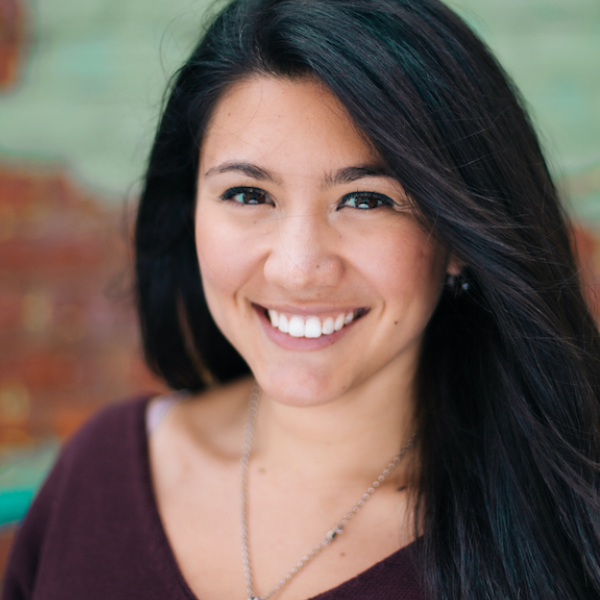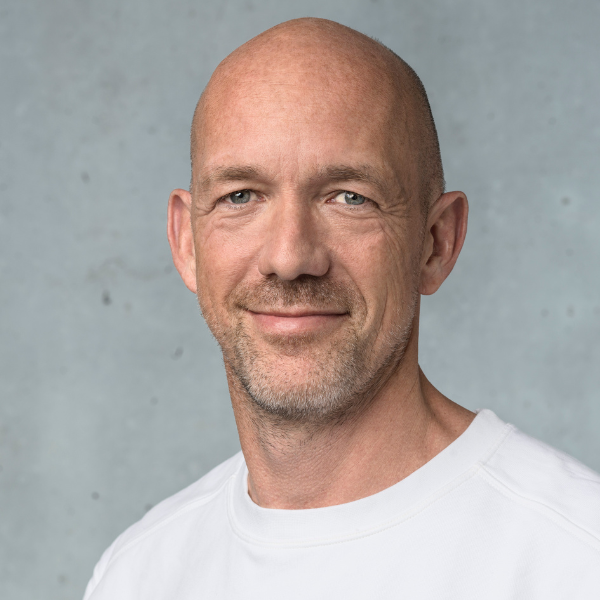In the late 1960s, after writing a thesis that applied AI to chess and earning her PhD in computer science at Stanford, Barbara Liskov returned to Mitre Corporation. Within a few years, she found herself doing research related to the “software crisis.” She describes how, while working on her Venus operating system, she was able to divide a computer program into smaller, discrete units. That very practical solution became a fundamental concept that guides how computer programs are built. She explains how accepting a faculty position at MIT then allowed her to fully devote herself to the problem of programming methodology.
Related

Alexandra Zatarain,
Eight Sleep
Getting to Product-Market Fit [Entire Talk]
Product-market fit is a journey. Knowing your audience and mission will help you on your way.
Video
50 minutes
Alexandra Zatarain,
Eight Sleep
Getting to Product-Market Fit [Entire Talk]
Product-market fit is a journey. Knowing your audience and mission will help you on your way.

Maria Barrera,
Clayful
Mental Health Tech, Mentally Healthy Startups [Entire Talk]
Startups can address important mental health problems, but maintaining mental health in startup culture is challenging.
Video
49 minutes
Maria Barrera,
Clayful
Mental Health Tech, Mentally Healthy Startups [Entire Talk]
Startups can address important mental health problems, but maintaining mental health in startup culture is challenging.

David Allemann,
On
Exploration in Sports Technology [Entire Talk]
Taking a risk on an innovative idea can be the spark of a global company.
Video
50 minutes
David Allemann,
On
Exploration in Sports Technology [Entire Talk]
Taking a risk on an innovative idea can be the spark of a global company.



